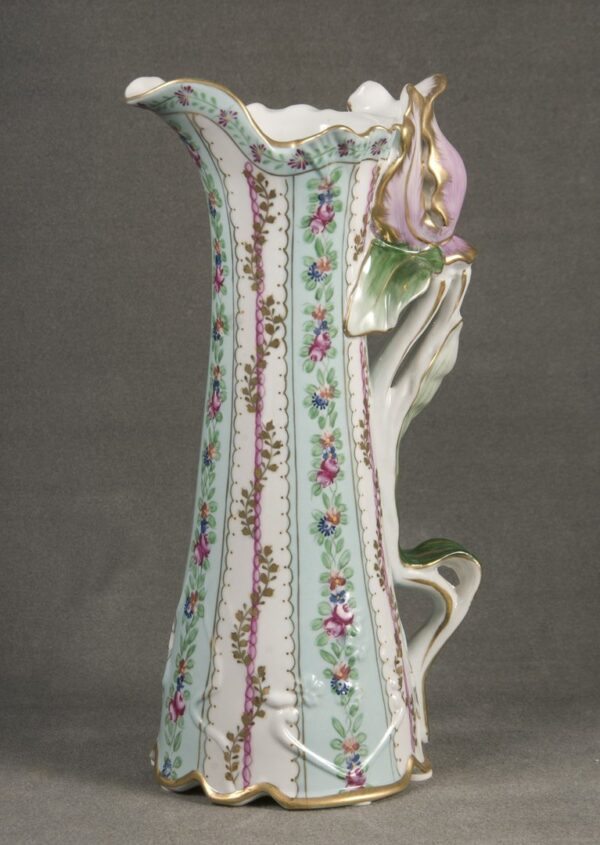Description
Reproduction in current materials of ancient instruments that are part of the cultural and scientific heritage because of their scientific, historical and aesthetic value.
The instrument is accompanied by a documentation with description in which their use is explained in detail.
Perpetual calendar:
Currently in the world are used by 40 calendars, a Babylonian invention which is now nine thousand years old. Many more have been abandoned. Emphasizes the Gregorian (Gregorian reformers came in force on 4 October 1582), for two reasons: it is based on astronomical phenomena of the sun and therefore the seasons of the year according to the solar cycle of 28 years (as in the present model) and because it is the most prevalent in international relations.
Almost all known analogical “perpetual“ calendar have little of forever, because of their limited calculations that overlap around 50 years. There are other non-analogical perpetual calendar that have to grab their calculation by the year 3000, and others which are based on informatic Porgames.
Our perpetual calendar runs from 1 January 1600 to 31 December of the year 2799th It is based on the repeated cycle of 400 years, and on the solar cycle of 28 years. It works by “Dominical Letter.“
Perpetual calendar Moon phases, with a tidal abacus on the back. Based on pieces of British Reinassence.
Zamac with brass bath laquered on oven. Wood sapelli (teinted with natural wax and polished)
Box size: width 19cm X lenght: 21,5cm X height: 5,5cm. Total weight (with packaging and instructions): 830gr










